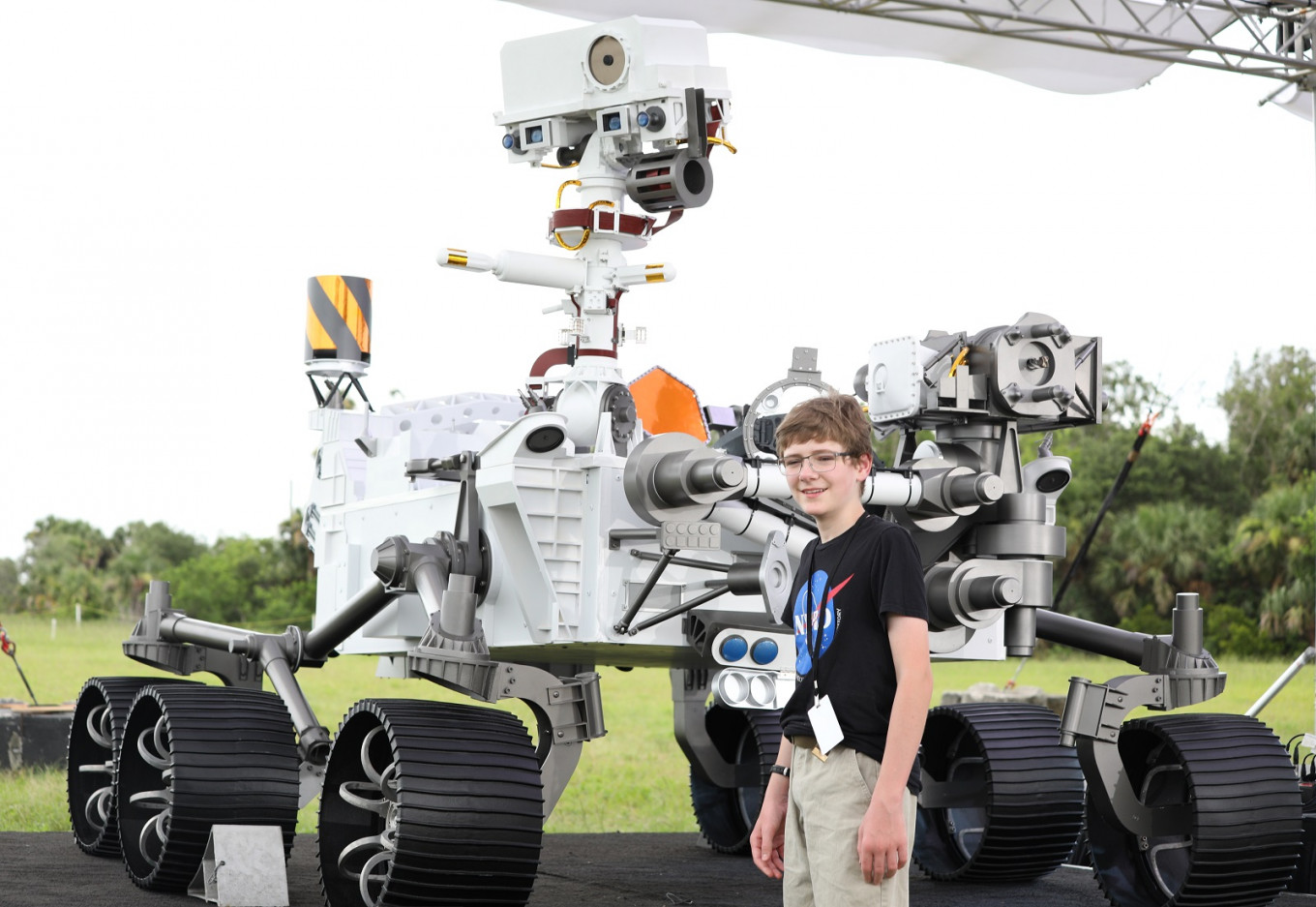Popular Reads
Top Results
Can't find what you're looking for?
View all search resultsPopular Reads
Top Results
Can't find what you're looking for?
View all search resultsNASA set to launch robotic rover to seek signs of past Martian life
Change text size
Gift Premium Articles
to Anyone
N
ASA is set to launch an ambitious mission to Mars on Thursday with the liftoff of its next-generation Perseverance rover, a six-wheeled robot tasked with deploying a mini helicopter, testing out equipment for future human missions and searching for traces of past Martian life.
The $2.4 billion mission, slated for liftoff at 7:50 a.m. ET (1150 GMT) from Florida's Cape Canaveral, is planned as the US space agency's ninth trek to the Martian surface. The United Arab Emirates and China separately this month launched probes to Mars in displays of their own technological prowess and ambition.
Launching atop an Atlas 5 rocket from the Boeing-Lockheed joint venture United Launch Alliance, the car-sized Perseverance rover is expected to reach Mars next February. It is due to land at the base of an 820-foot-deep (250 meters) crater called Jezero, a former lake from 3.5 billion years ago that scientists believe could hold traces of potential past microbial Martian life.
"This is unlike any robot that we've sent to Mars before because it has the purpose of astrobiology," NASA Administrator Jim Bridenstine told Reuters in an interview. "We are trying to find evidence of ancient life on another world."
The rover will attempt for the first time to bring Martian rock samples back to Earth, collecting materials in cigar-sized capsules and leaving them scattered on the surface for retrieval by a future "fetch" rover. That conceptual rover is expected to launch the samples back into space to link up with other spacecraft for an eventual Earth homecoming around 2031.
Read also: NASA's ‘smell of space' has been converted into a perfume
Also aboard Perseverance is a four-pound (1.8 kg) autonomous helicopter called Ingenuity that is due to test powered flight on Mars for the first time. Bridenstine said he can imagine a day when NASA places a robot on Mars that can deploy perhaps a dozen different helicopters for exploration.
Since NASA's first Mars rover Sojourner landed in 1997, the agency has sent two others - Spirit and Opportunity - that have revealed the geology of vast Martian plains and found evidence of past water formations, among other discoveries. NASA also has successfully sent three landers - Pathfinder, Phoenix, InSight.
"We know that we're going to make discoveries with the Mars Perseverance rover that are going to make us ask a whole lot more questions, just like every previous discovery," Bridenstine told Reuters.
The United States has plans to send astronauts to Mars in the 2030s under its Artemis program, which envisions using a return to the moon as a testing platform for human missions before making the bigger leap to Mars.
Perseverance will carry out an experiment to convert elements of the carbon dioxide-rich Martian atmosphere into propellant for future rockets launching off the planet's surface, or to produce breathable oxygen for future astronauts.
"There's a lot of things that we need to be able to develop and discover," Bridenstine said, "so that when we get to Mars we can actually survive for long periods of time."
One of the most complex maneuvers in Perseverance's journey will be what mission engineers call the "seven minutes of terror," when the robot endures extreme heat and speeds during its descent through the Martian atmosphere, deploying a set of supersonic parachutes before igniting mini rocket engines to gently touch down on the planet's surface.











